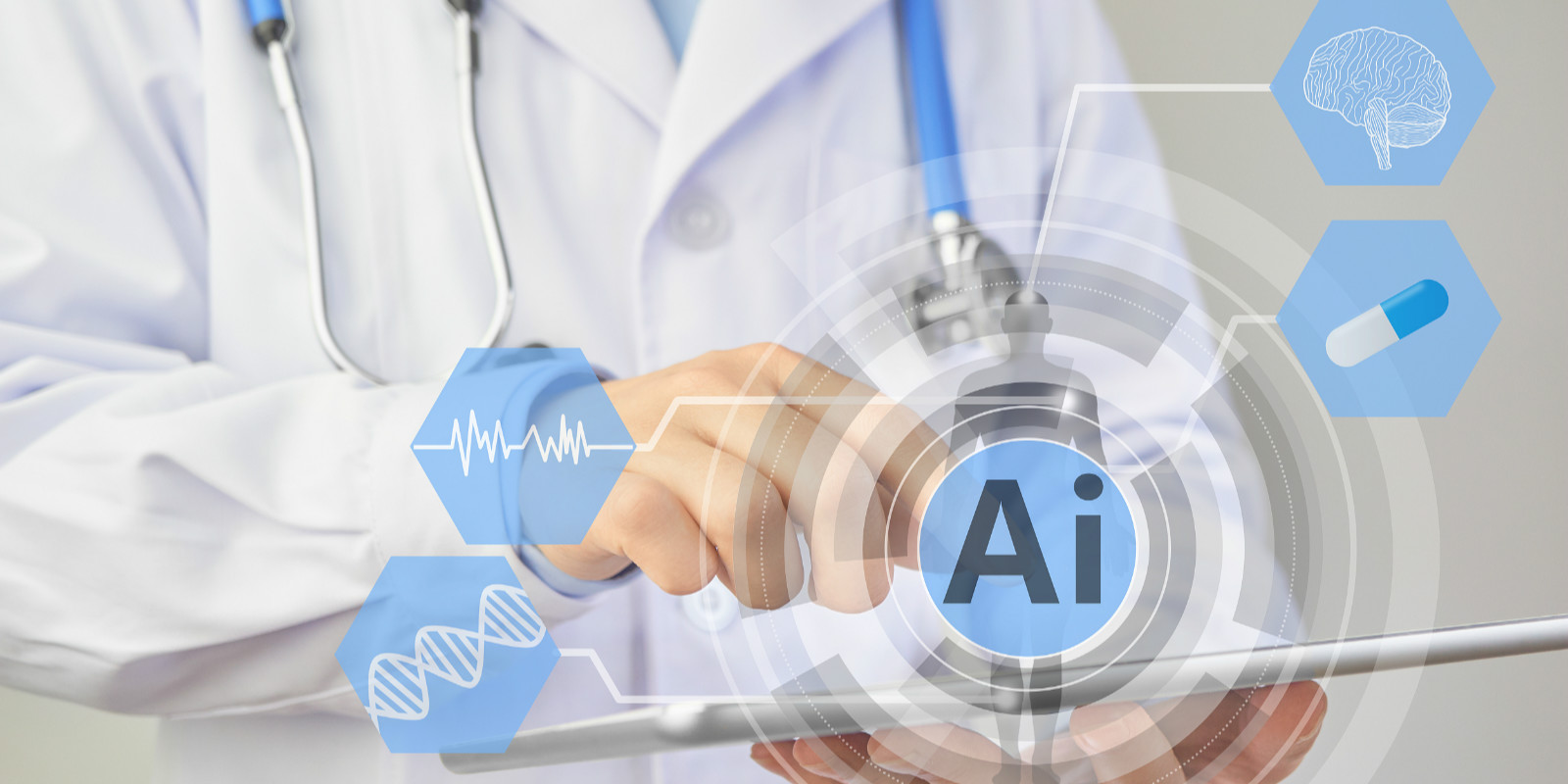Small Science Popularization of Medical Devices: Basic Knowledge and Instrument Introduction of Hospital Anesthesiology
Release time:
2024-07-11
Anesthesia work includes preparation and treatment before and after anesthesia, monitoring and treatment of critically ill patients, emergency resuscitation, pain treatment and so on. The scope of work extends from the operating room to the ward, outpatient, emergency room and other places, from clinical medicine to teaching and scientific research.

Anesthesia work includes preparation and treatment before and after anesthesia, monitoring and treatment of critically ill patients, emergency resuscitation, pain treatment and so on. The scope of work extends from the operating room to the ward, outpatient, emergency room and other places, from clinical medicine to teaching and scientific research.
What is the job of an anesthesiologist?
The anesthesiologist is also known as the physician in the operating room. The anesthesiologist relieves the patient's pain and manages the patient's important vital signs, including breathing, heart rate, blood pressure, heart, nervous system, liver and kidney function, etc. Not only skilled in a variety of anesthesia techniques to ensure that the patient's operation painless, smooth operation, and the use of advanced equipment at any time to monitor the patient's life function, such as found due to surgery, anesthesia or the patient's original disease life-threatening problems, on Take a variety of treatment measures to maintain the stability of the patient's life function, to ensure the safety of patients.
In general, clinical anesthesiologists are responsible:
1, with the patient's doctor in charge to determine whether the patient can withstand surgical anesthesia;
2, decide what kind of anesthesia and monitoring measures to use;
3. Anesthesia for patients;
4, in the whole process of surgery to ensure the safety of patients;
5. Make the patient recover safely and smoothly after the operation;
Treatment of postoperative pain;
7. Treatment of chronic pain.
Clinical anesthesia work is divided into general anesthesia and local anesthesia. General anesthesia (intravenous anesthesia, inhalation anesthesia, static inhalation compound): spinal anesthesia (epidural, spinal anesthesia, spinal epidural anesthesia, sacral anesthesia), nerve block (cervical plexus, brachial plexus, sciatic nerve). Local anesthesia: topical anesthesia, basic anesthesia, controlled hypotension, invasive monitoring, deep vein puncture, blood gas analysis, etc.
The pain treatment work of anesthesiologists is mainly postoperative analgesia, painless abortion, painless childbirth, painful disease treatment, nerve paralysis spasm treatment and various acute and chronic pain such as head and neck pain, frozen shoulder, waist and leg pain, herpes zoster pain, etc.
There are four main processes for anesthesiologists to perform anesthesia surgery:
Preoperative preparation for (I): within a period of time after the operation is decided, that is, before anesthesia, the anesthesiologist needs to make various preparations for the patient according to the patient's physical condition and illness, and part of the work also depends on the cooperation of the patient. Its general purpose is to improve the patient's anesthesia tolerance and safety, ensure the smooth operation, and strive to stabilize the vital signs of the patient during the operation, it is also beneficial to promote the recovery of the patient's physical condition after surgery.
(II) implementation of anesthesia (induction phase): the doctor according to the preoperative preparation stage, the patient's condition observation and analysis, decided to implement what kind of anesthesia: general anesthesia, spinal anesthesia, surface anesthesia, nerve anesthesia. General anesthesia is a more common way of anesthesia, anesthesia induction with intubation laryngoscope auxiliary intubation, anesthesia machine operation can pass the anesthetic gas into the patient's respiratory tract.
Intraoperative (III) anesthesia (anesthesia stage): after the patient enters the operative state, the anesthesia state and vital signs are maintained. anesthesiologists need to track the whole process to avoid the patient's consciousness and feeling pain during the operation.
(IV) postoperative recovery: after the operation, the patient needs to be pushed to the recovery room next door to the operating room, oxygen inhalation, monitoring blood pressure and electrocardiogram, and then transferred to the general ward after the patient's vital signs are stable after recovery. if the patient's condition is abnormal, he can quickly return to the operating room for rescue.
1. anesthesia machine
Anesthesia machine is mainly used for general anesthesia, is through the mechanical circuit of the anesthetic into the patient's alveoli, the formation of anesthetic gas partial pressure, diffusion to the blood, the central nervous system directly inhibited, resulting in the effect of general anesthesia. The anesthesia machine is a semi-open anesthesia device. It is mainly composed of liquid medicine tank (evaporation tank), ether adjustment switch, folding bellows and suction, breathing circuit, expiratory one-way flap and bellows.
2. medical monitor
A medical monitor is a device or system that measures and controls a patient's physiological parameters, compares them to known set values, and issues an alarm if they exceed the standard. Monitor it must be 24 hours of continuous monitoring of the patient's physiological parameters, detection of trends, pointed out that the crisis situation, for the doctor's emergency treatment and treatment of the basis, so that complications to a minimum to achieve remission and eliminate the purpose of the disease. In addition to measuring and monitoring physiological parameters, the use of the monitor also includes monitoring and processing of medication and pre-and post-operative conditions.
3. visual laryngoscope (hose scope)
A tool for clinically provoking patients to expose the glottis to the pharynx. Video laryngoscope can effectively solve the regular and difficult tracheal intubation during anesthesia and emergency rescue. Doctors can complete tracheal intubation clearly, intuitively and gently through the laryngoscope screen, which ensures the safe and effective operation of patients and reduces the complications of tracheal intubation.
The above is the main function of anesthesiology department in the hospital, the summary of doctors' responsibilities and the simple science popularization of the main medical devices in the department. I hope that through this article, more medical device industry practitioners can understand the knowledge of professional departments and help more ordinary consumers to deepen their understanding of the treatment process in the hospital.
Share










